Sweden is considered a potential market for fresh fruit from Vietnam as the demand for importing this product has increased recently.
Potential market for Vietnamese fruits and vegetables
Speaking to reporters of the Industry and Trade Newspaper, Ms. Nguyen Thi Hoang Thuy - Director, Head of the Vietnam Trade Office in the Swedish market, concurrently in charge of the Northern Europe region, informed that on December 11, 2024 (Swedish time), the Vietnam Trade Office in Sweden participated in the workshop "Insight into the Swedish Market for Fresh Fruit and Vegetables" organized by the National Board of Trade Sweden. The workshop focused on providing information on the import situation, consumption trends and requirements of the Swedish market for fresh fruit and vegetables.
After the workshop, Ms. Nguyen Thi Hoang Thuy said that Sweden is a small country in Northern Europe but has a high income with an open and modern economy . Sweden is a market with great potential for Vietnamese fruits and vegetables thanks to its dependence on imported supplies. The amount of imported fruits and vegetables of this country before 2021 reached about 1 million tons/year. However, in 2023, the import volume decreased to 887,000 tons due to the impact of inflation and declining consumer demand. However, the import market share from developing countries has increased to 24%, equivalent to 215,000 tons, opening up opportunities for countries like Vietnam.
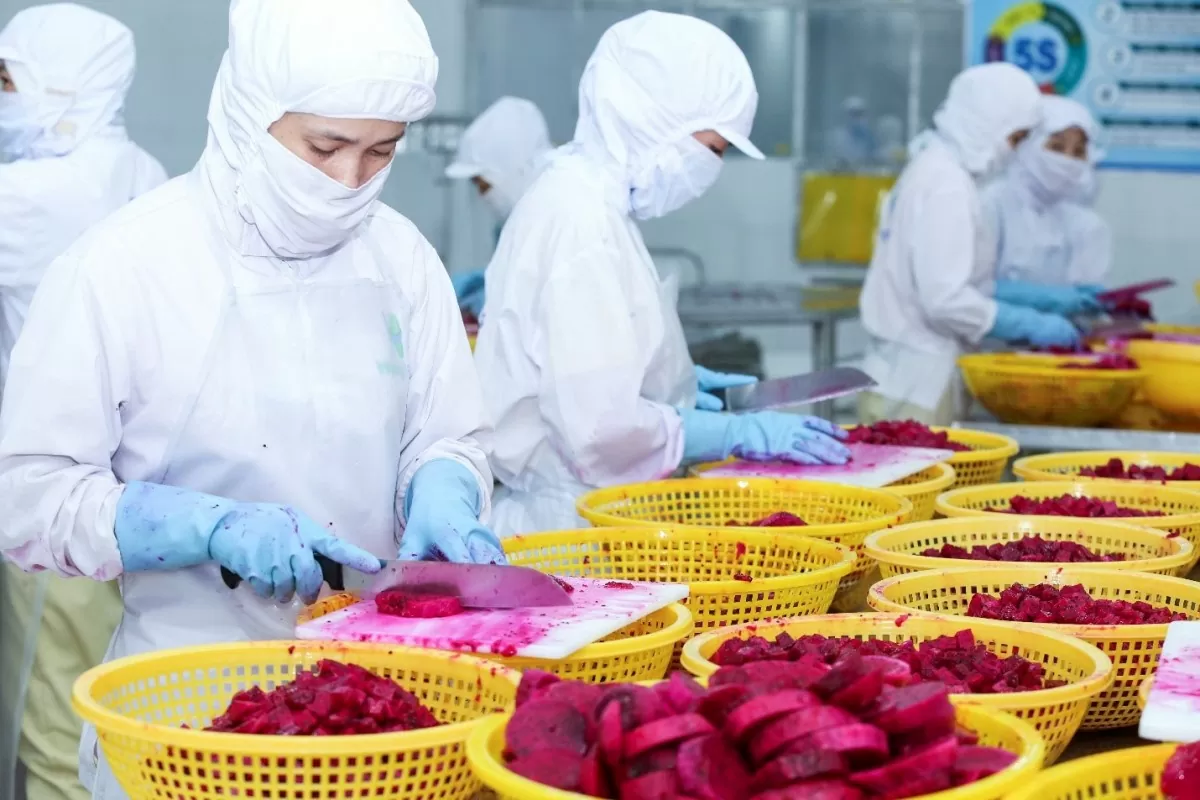 |
| Vietnamese fruits and vegetables have many opportunities in the Swedish market (Photo: Moit) |
Currently, the Swedish market is dominated by large supermarket chains such as ICA, Coop and Axfood, which accounts for almost 20% of total food retail sales, equivalent to EUR 5.2 billion in 2023. In addition to the retail channel, food service providers (restaurants, hotels, catering services) and industrial processors such as Brämhults and Råsaft also play an important role. Helsingborg is currently the largest distribution center for imported goods, helping to circulate products throughout the Swedish market.
"The difference in seasonality is a big advantage for Vietnamese businesses. While Sweden is self-sufficient in some products such as cucumbers in the summer, from October to May, import demand increases sharply from countries with temperate and tropical climates. This is an opportunity for fresh Vietnamese fruits and vegetables, such as dragon fruit, mango, passion fruit and other fruits, to dominate the market during this "off-season" period," said Ms. Nguyen Thi Hoang Thuy.
In addition, the trend of sustainable consumption is increasingly dominant. Sweden is the 6th largest importer of organic products in Europe. Currently, more than 50% of organic fruits and vegetables are imported, with bananas being a typical product, with more than 60% of total banana imports being certified organic. This is a potential market but also requires exporters to meet international standards such as GLOBALG.AP, Fairtrade and strict food safety requirements.
What opportunities are there for Vietnamese businesses?
Although Vietnam is one of the world's leading fruit and vegetable exporters, the proportion of Vietnamese fruit and vegetables in Sweden is still low. In addition to strict requirements, the Swedish market is far away, which will affect transportation costs and reduce competitiveness.
Ms. Nguyen Thi Hoang Thuy affirmed that, despite many challenges, Sweden and the EU are potential markets for Vietnamese fruit and vegetable exporters. By meeting international standards and developing appropriate access strategies, Vietnamese enterprises can completely increase their market share and affirm their position in this potential market. Not to mention, Sweden is a market that is willing to pay high prices for products, this is an opportunity for fruits and vegetables to increase their export opportunities. Vietnamese fruits and vegetables still have opportunities in niche markets with specific products.
reproduce, Ms. Nguyen Thi Hoang Thuy recommends that businesses should focus on improving product quality and standards: Ensuring compliance with food safety requirements, sustainability certification and clear labeling in Swedish. In addition, focus on developing organic products by capturing sustainable consumption trends, especially products with international certifications such as GLOBALG.AP and Fairtrade.
Businesses should also focus on studying the seasonal cycle when exporting fruit and vegetables during the low season in Sweden to optimize market access opportunities. At the same time, build relationships with key importers such as Dole/Everfresh, ICA and Ewerman through trade shows such as Fruit Logistica and Fruit Attraction.
In addition, developing fruit and vegetable export products through organic agriculture is an inevitable trend that Vietnam needs to follow to compete in the world market, especially in demanding markets such as Northern Europe. Applying technology to agriculture not only helps optimize production but also reduces costs and increases productivity.
Source: https://congthuong.vn/rau-qua-tuoi-viet-nam-nhieu-co-hoi-xuat-khau-vao-thi-truong-thuy-dien-364169.html











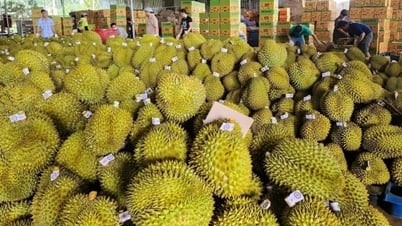
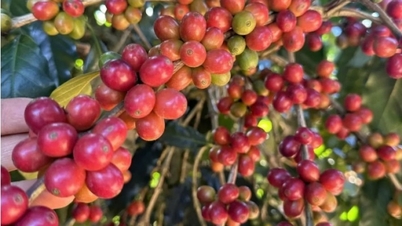
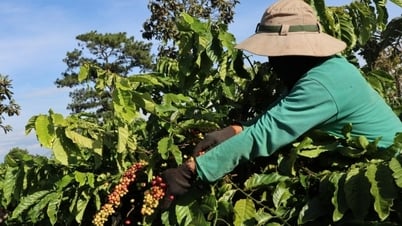



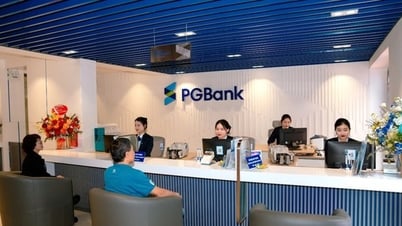











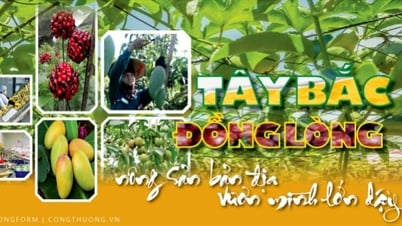










































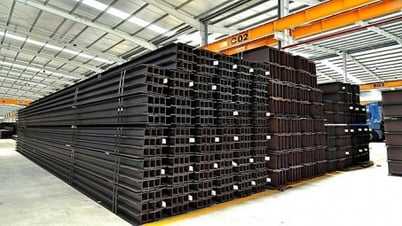















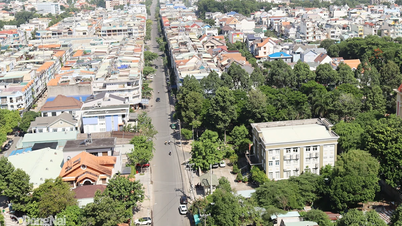
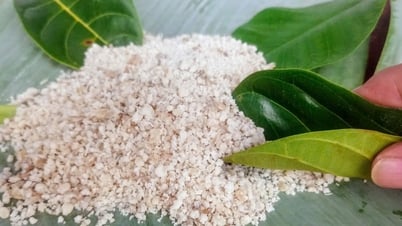
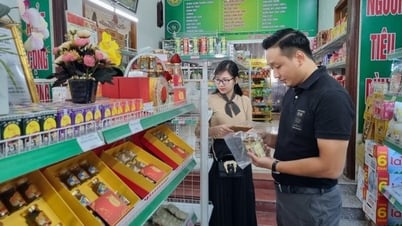
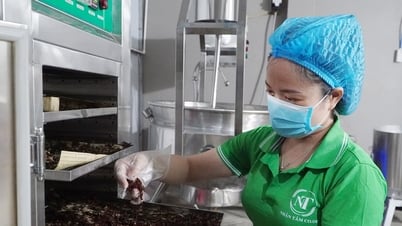



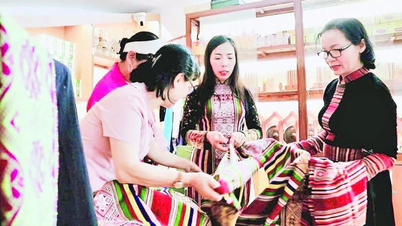






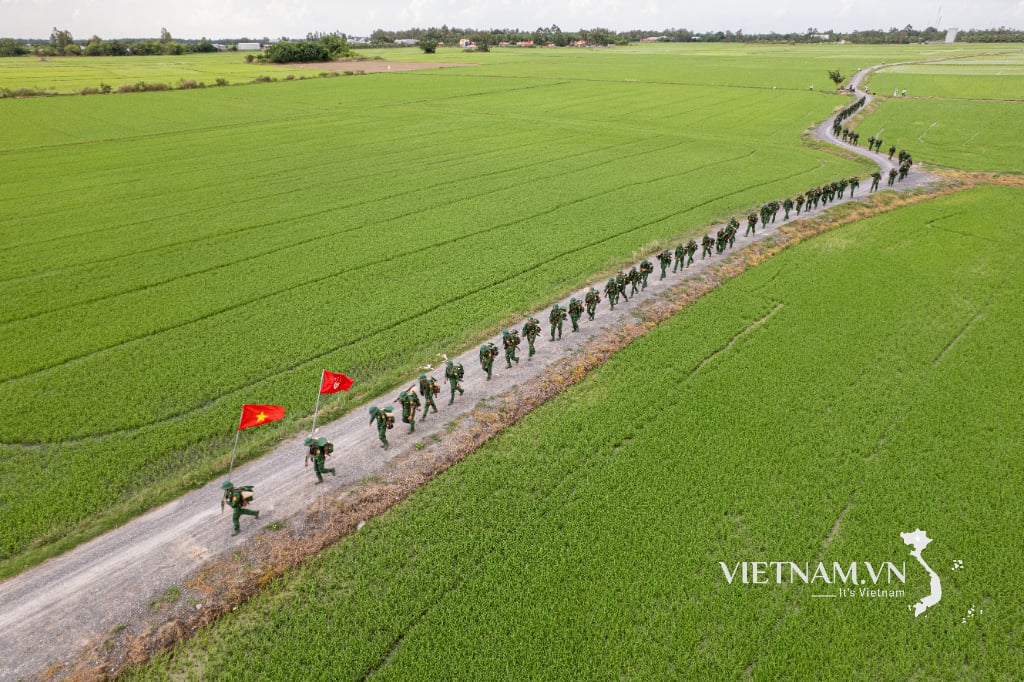
Comment (0)